Not me. The guys at work…good views though!
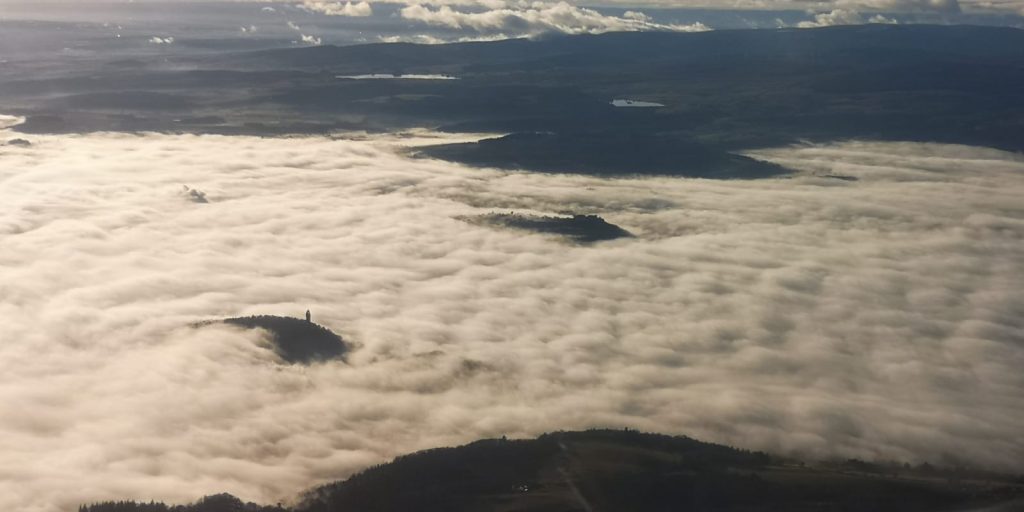
Adventures with aircraft, and other random stuff…
Damp December. But not TOO damp – time for a little jaunt around the local area to continue to break in the new cylinder:
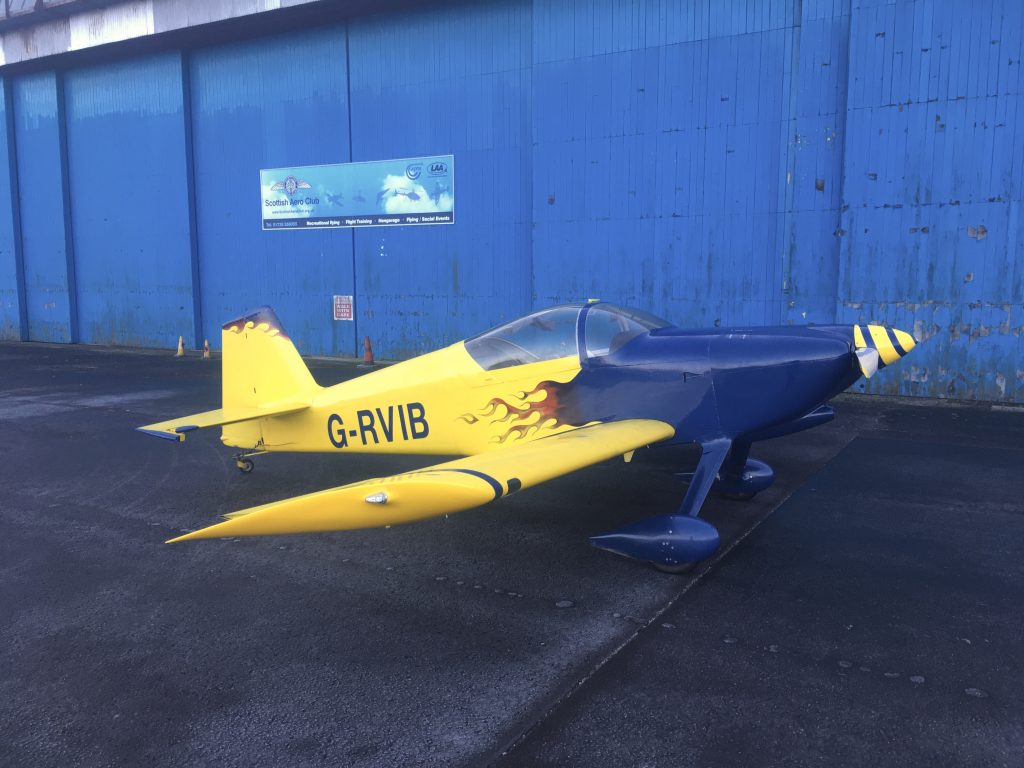
At the holding point. All the pilots in this shot of Scotland spoke with Irish accents:
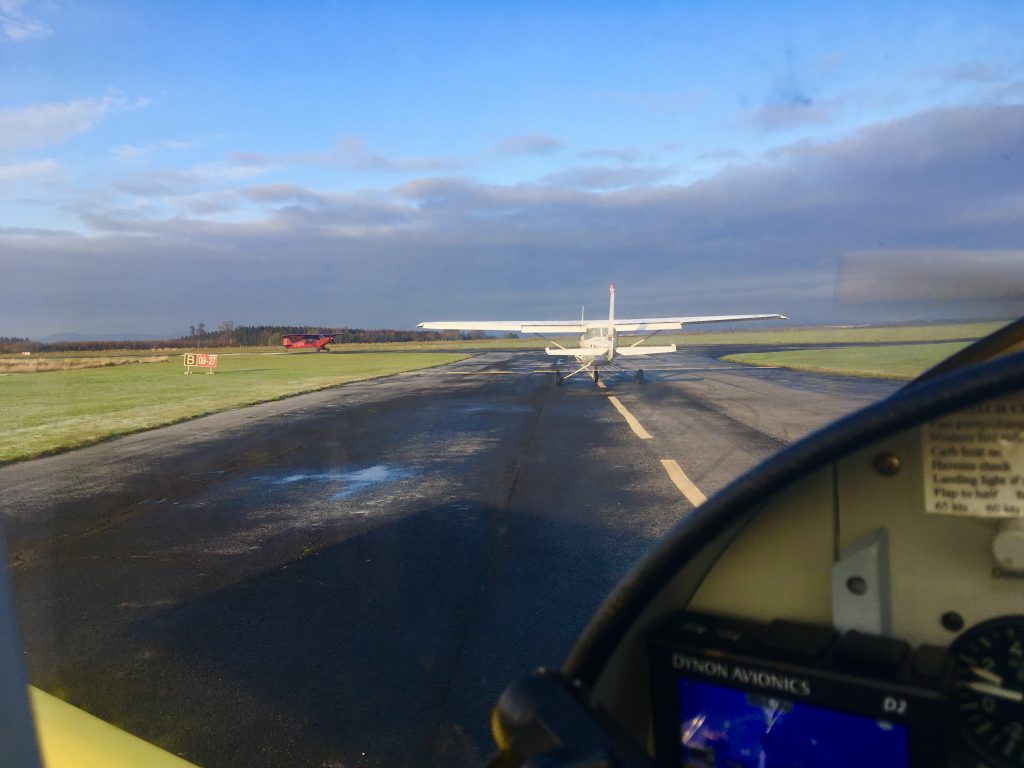
Airborne and accelerating hard…I love the way the cruise prop on IB gets more and more efficient as the speed rises. By the time we passed Wolfhill we were steaming along at 160 knots:
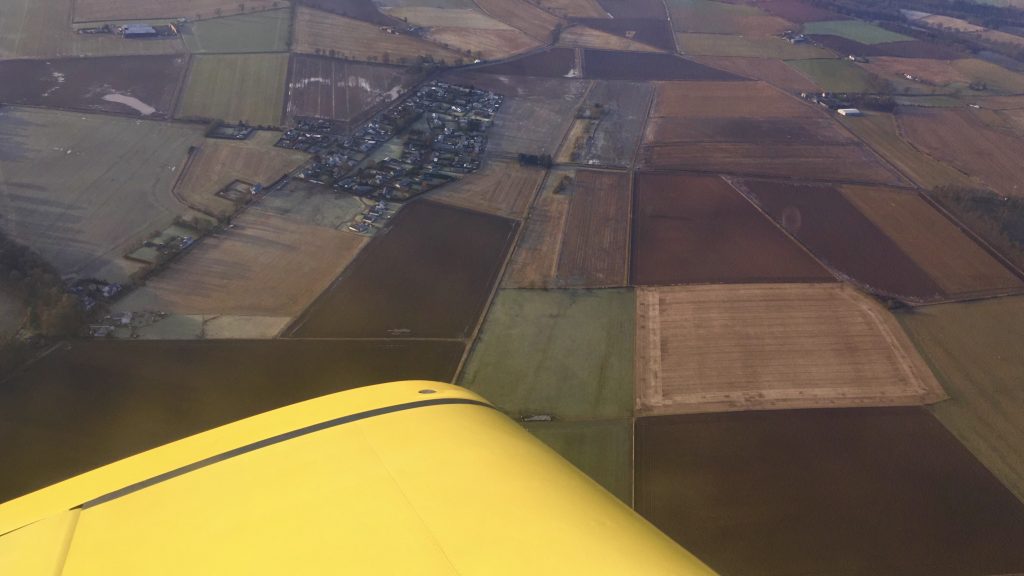
The fields looked sodden and the River Tay looked rather full…
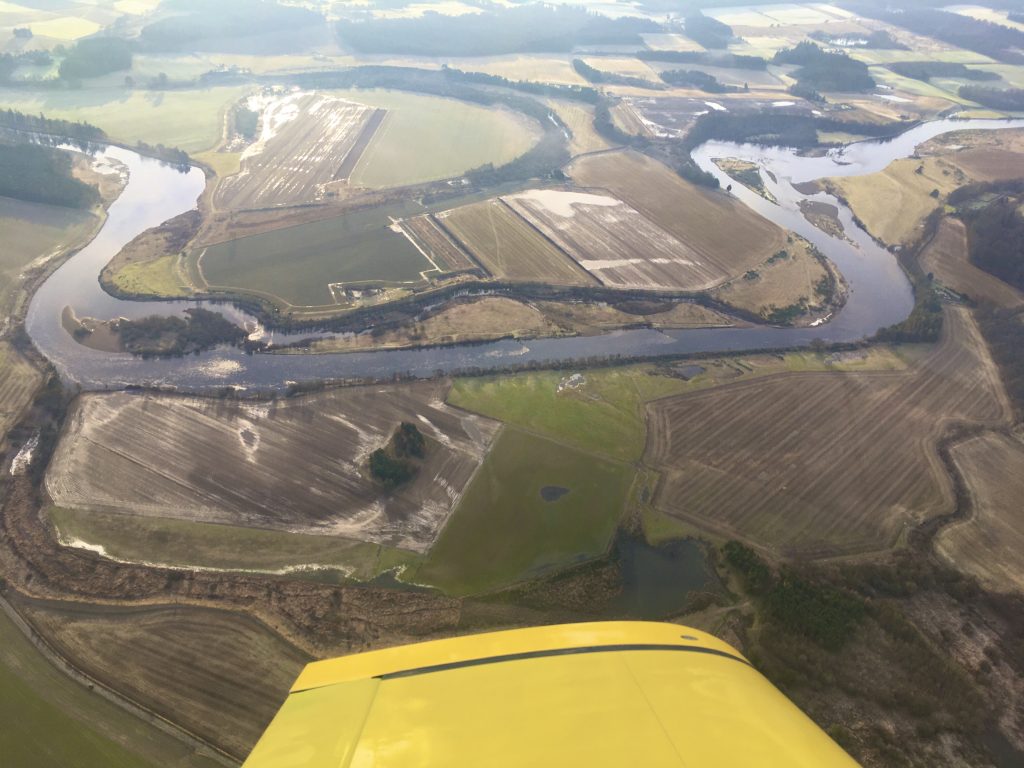
Low cloud and mist:
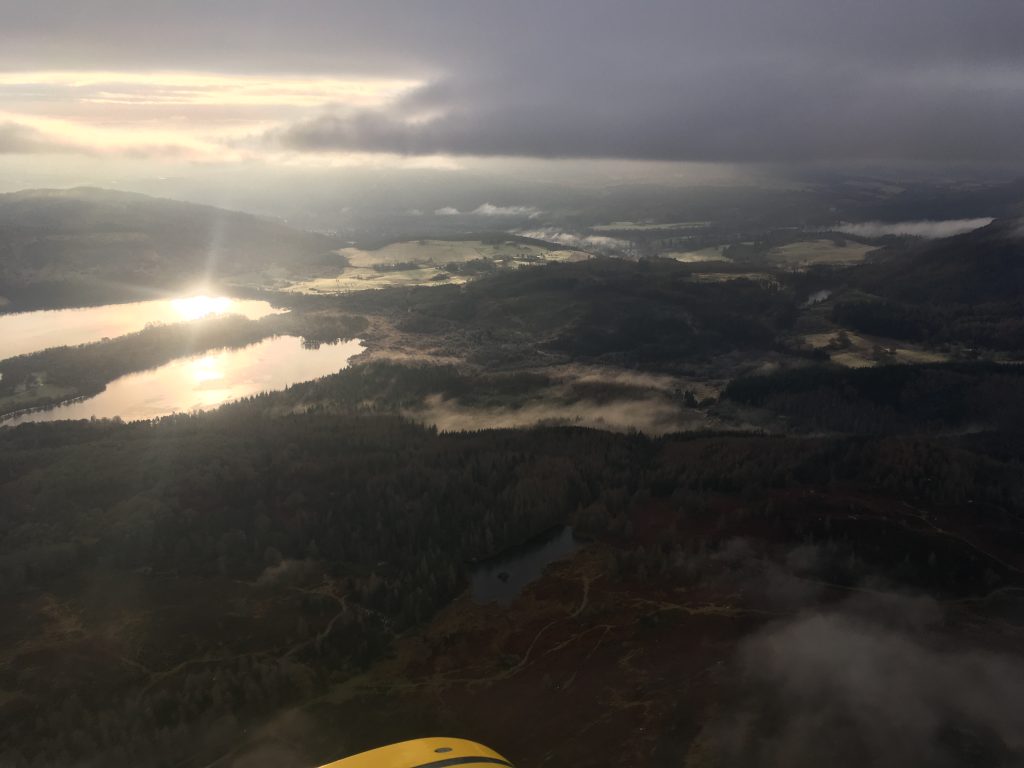
Dunkeld with mist patches:
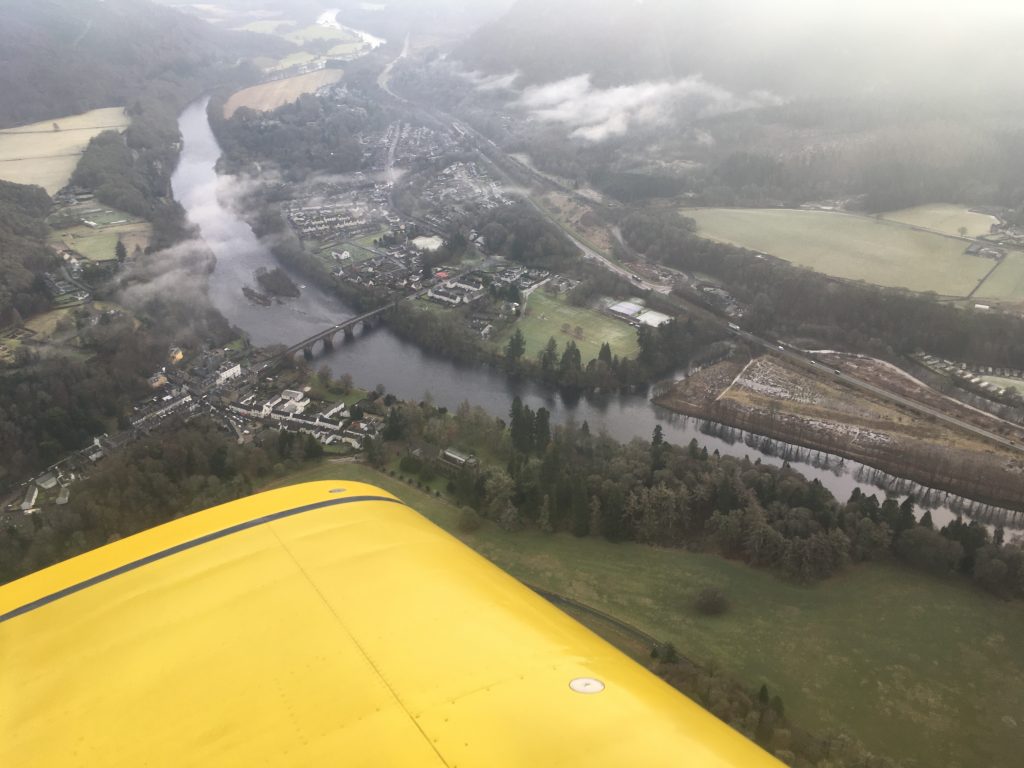
A cloudy cap on the top of Birnam hill:
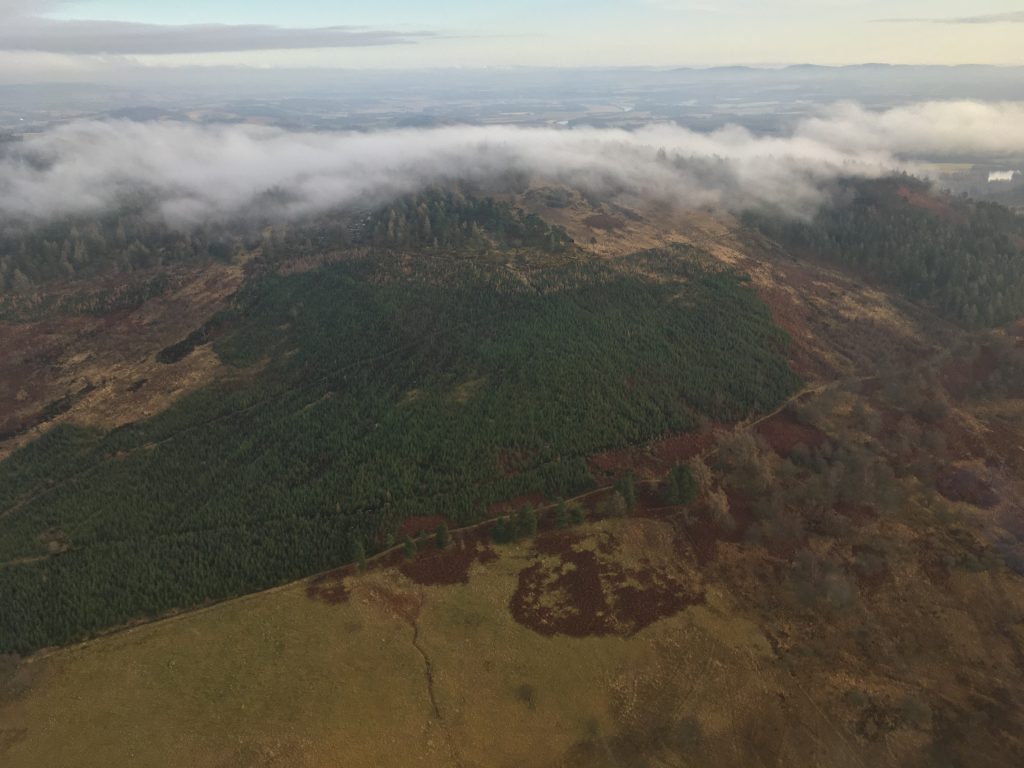
Lots of moisture around, and the weak winter sun shining through a high layer of thin cloud, heralding the approach of a front from the west…
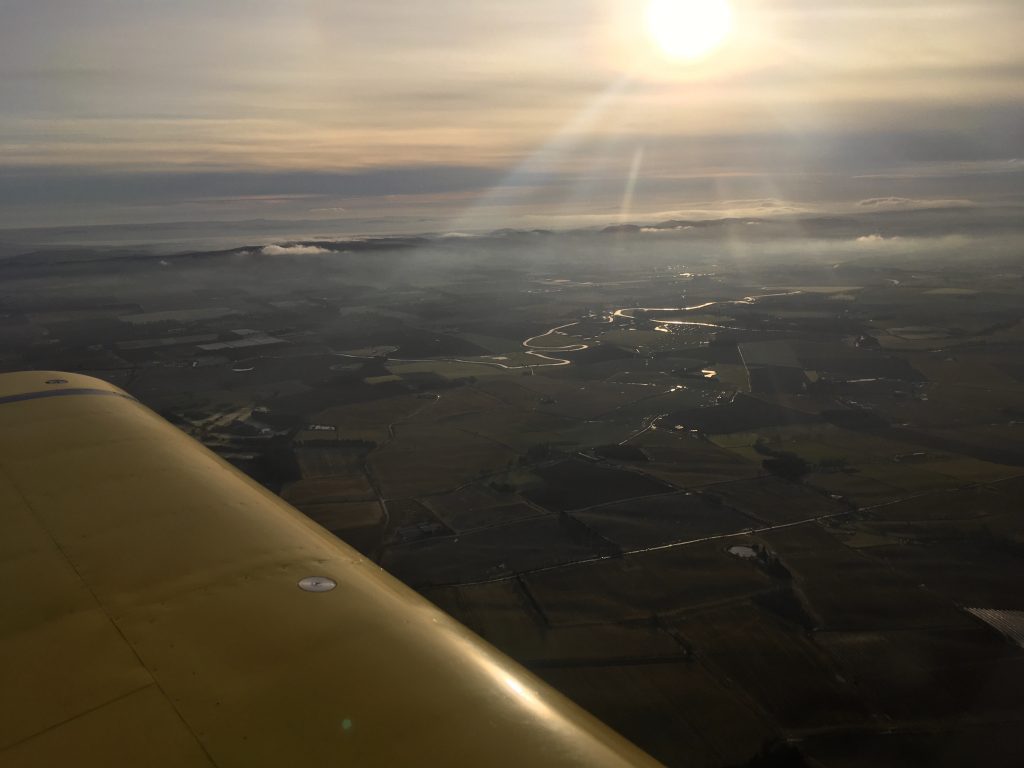
A couple of days later, the frontal system has passed through, adding more moisture to the ground. Time for another flight:
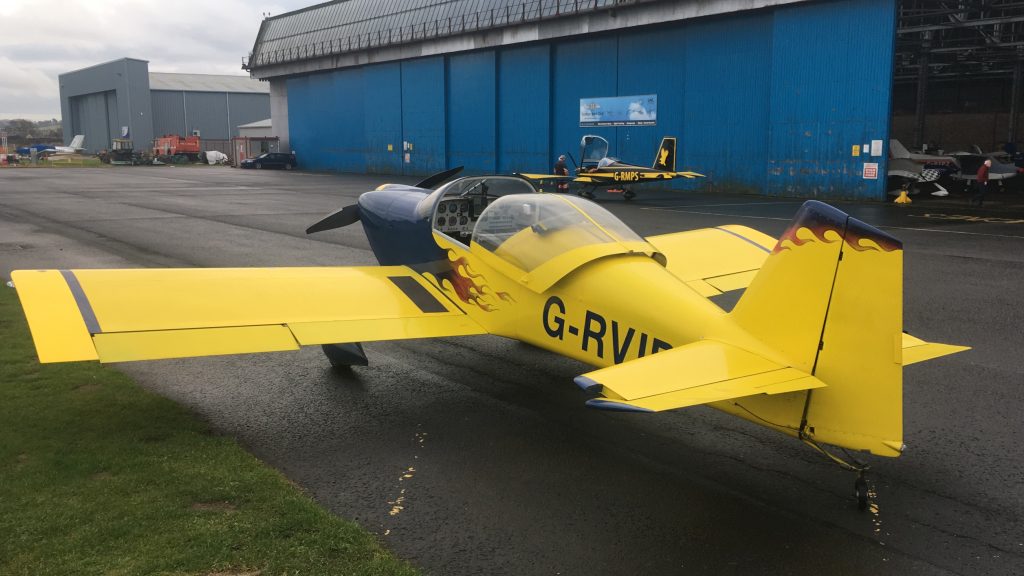
A little bit more water around, the rivers had broken their banks in places
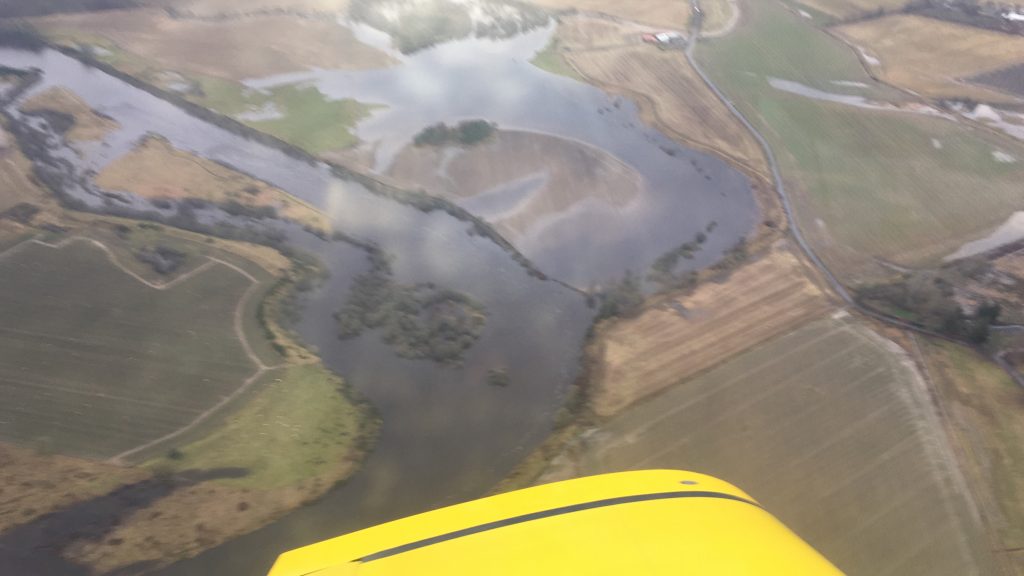
The confluence of the Isla and the Ericht rivers:
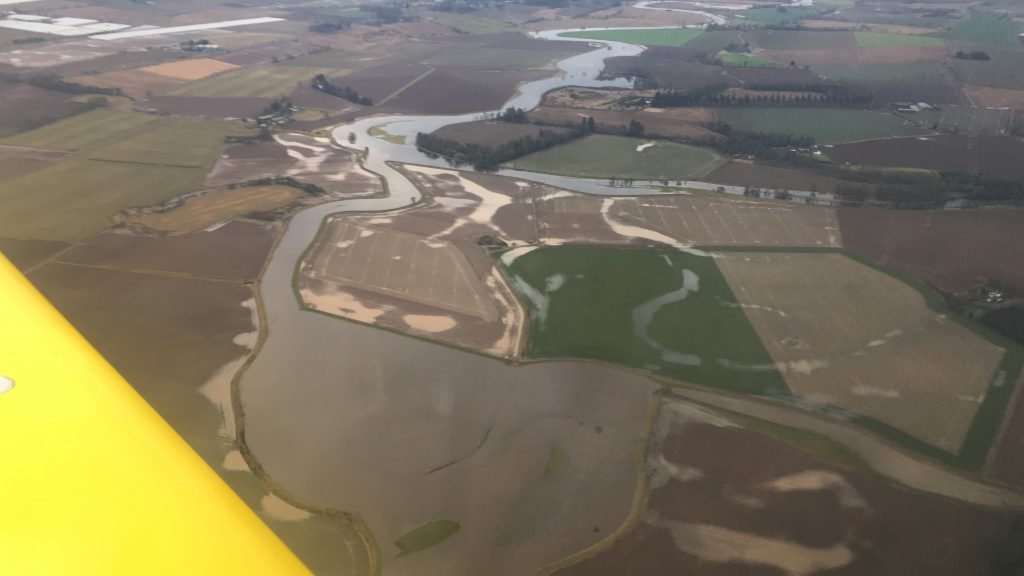
Wet fields:
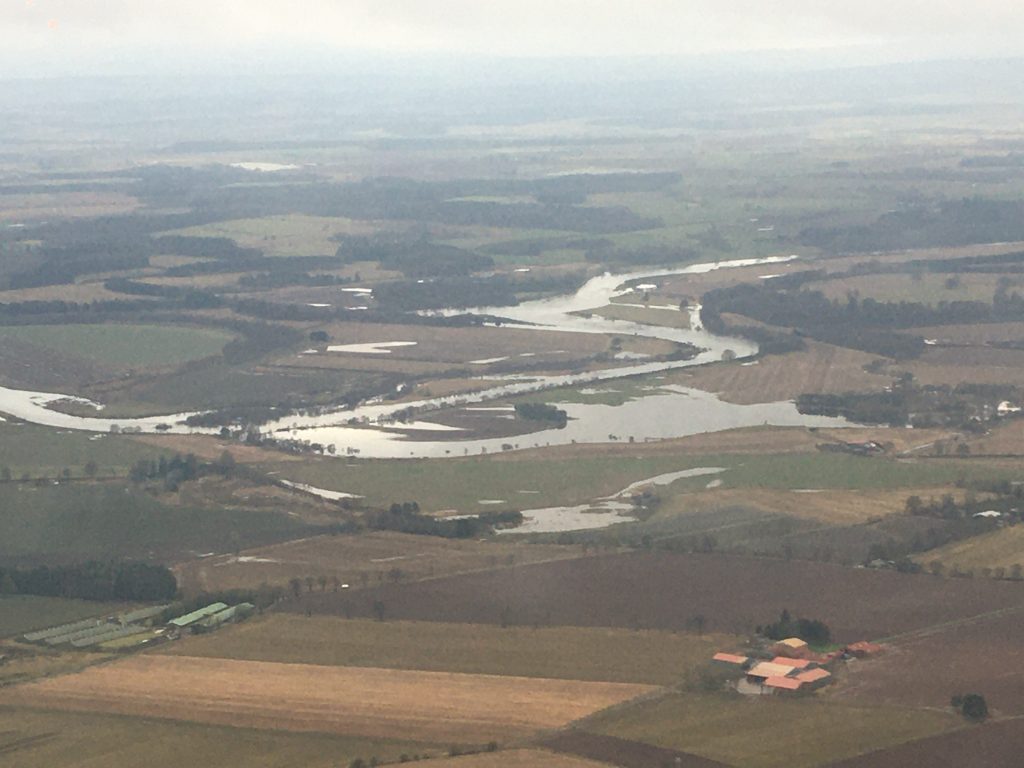
Anyway, I digress. The purpose of this whole exercise was to break in the new cylinder and piston rings, and that meant running the engine at high power, fuel economy be damned. Here we are straight and level at 2600rpm, which is about 96% of the maximum 2700. The yellow arc of the airspeed indicator is the “caution range” – this means gentle control movements and smooth air only. Most of the high speed run was done with the autopilot in for gentle control movements…
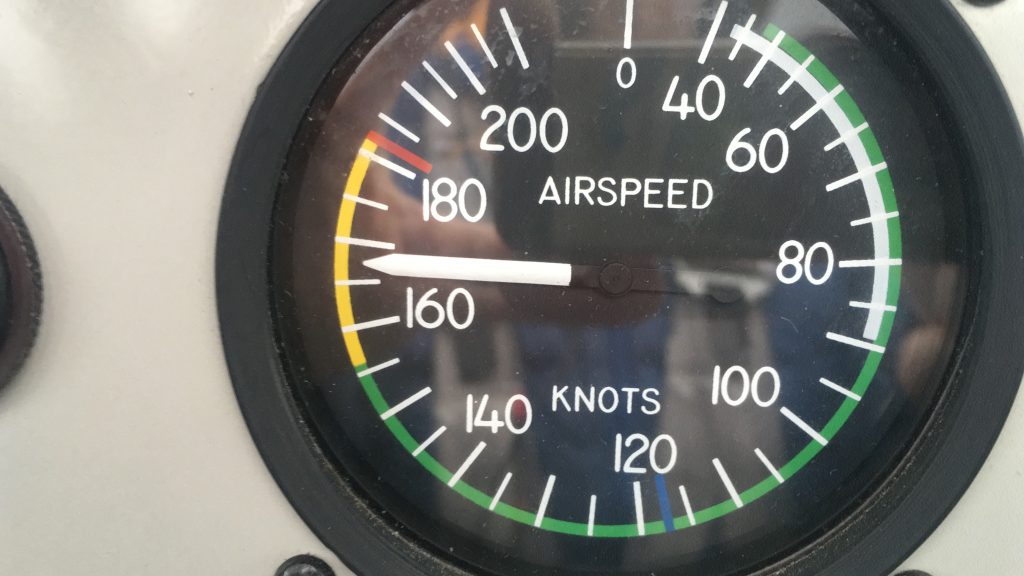
…and the winds were light so the air was smooth. 173kts groundspeed from 168kt airspeed is a 5 knot wind at altitude:
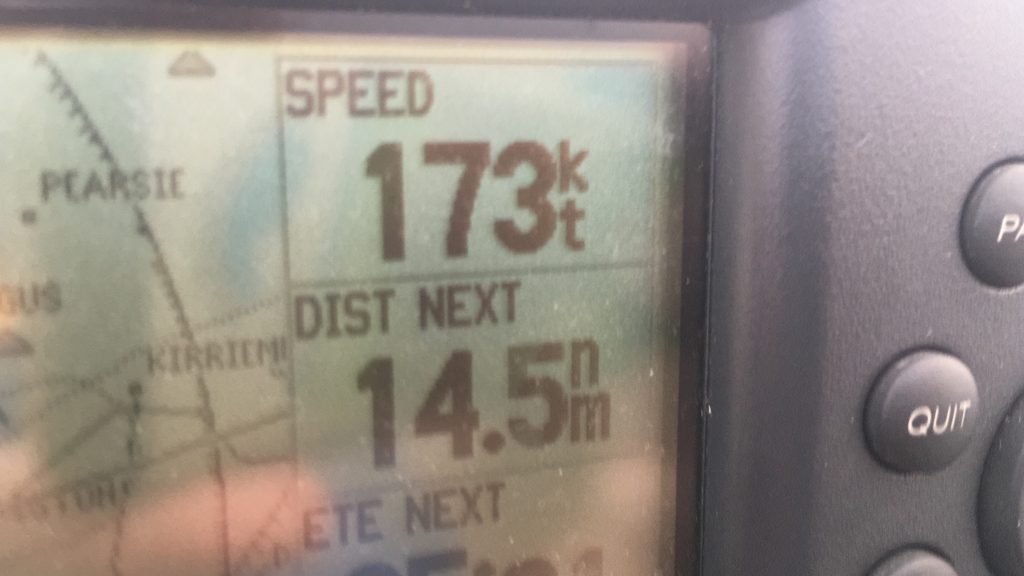
You can see from the Skydemon trace which bits were flown on the autopilot, and which were hand flown. It was a miracle that we found our way back to the airfield with all that wandering all over the countryside:
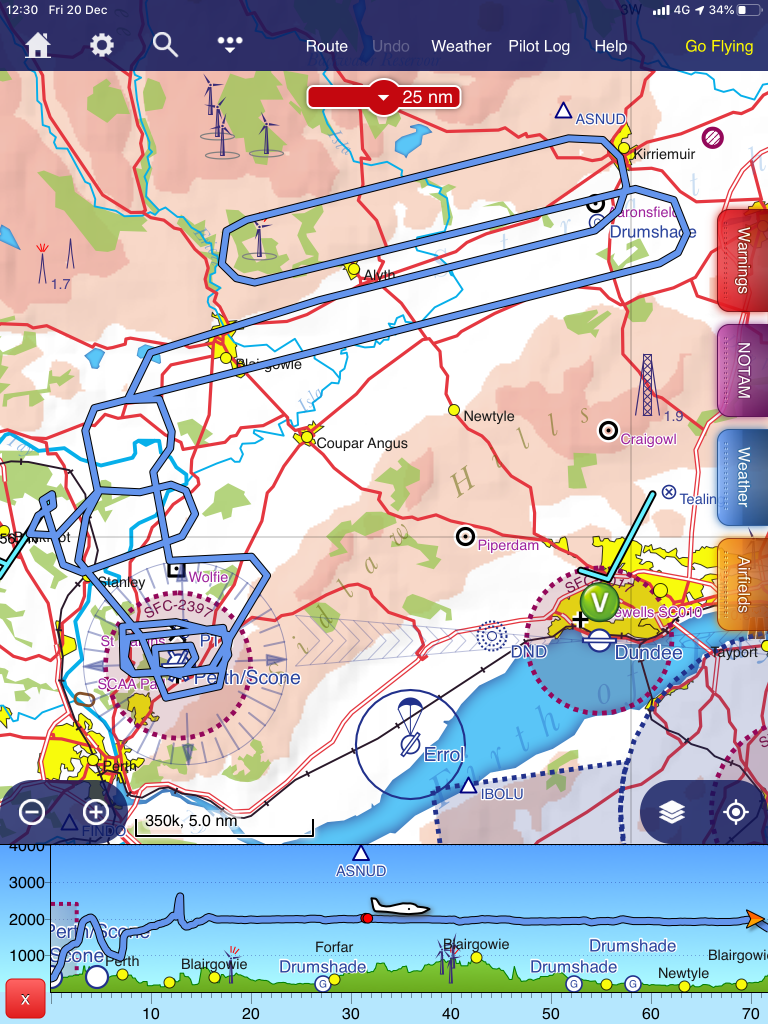
But find it we did, and it was time to try landing. There was an 8 knot crosswind at 90 degrees to the runway, blowing from the south. Now 8 knots of wind is usually not much to fret about, but coming from the south it was blowing nicely over the hangars and other assorted airfield buildings which produce turbulence. Great.
The first landing was witnessed by my new boss, who was watching from the helicopter base. As I bounced down the runway he was heard to mutter “You’d better go and start up Helimed 76″…just as I put the power on to go around and try again.
The second attempt was thwarted by a slow student in a Cessna 152, who landed long and used the whole length of the runway to stop, before backtracking and ambling back down the runway to the turnoff. The go around wasn’t spectacular, as it was easy to see the situation developing and I went around from 500ft back into the circuit for the final landing.
It was a bit bouncy but not as kangaroo-like as the last one. I remembered the advice given to me by Justin Paines, ex-RAF test pilot for the F35 Lightning programme and until recently, owner of a nice RV6…he always raised the flaps on touchdown, especially on a bumpy grass runway like his home base Compton Abbas. This has the effect of removing lift and ensuring the aircraft sits on the deck without any tendency to get airborne again. I did remember this advice, but far too late. Maybe I’ll try it next time…
As pilot we judge ourselves on our performance, and tend to dwell on crap landings. I texted Brenda to say I was down safely but did rubbish landings. Her reply?

She’s a keeper! Merry Christmas and Happy New Year to both my readers!